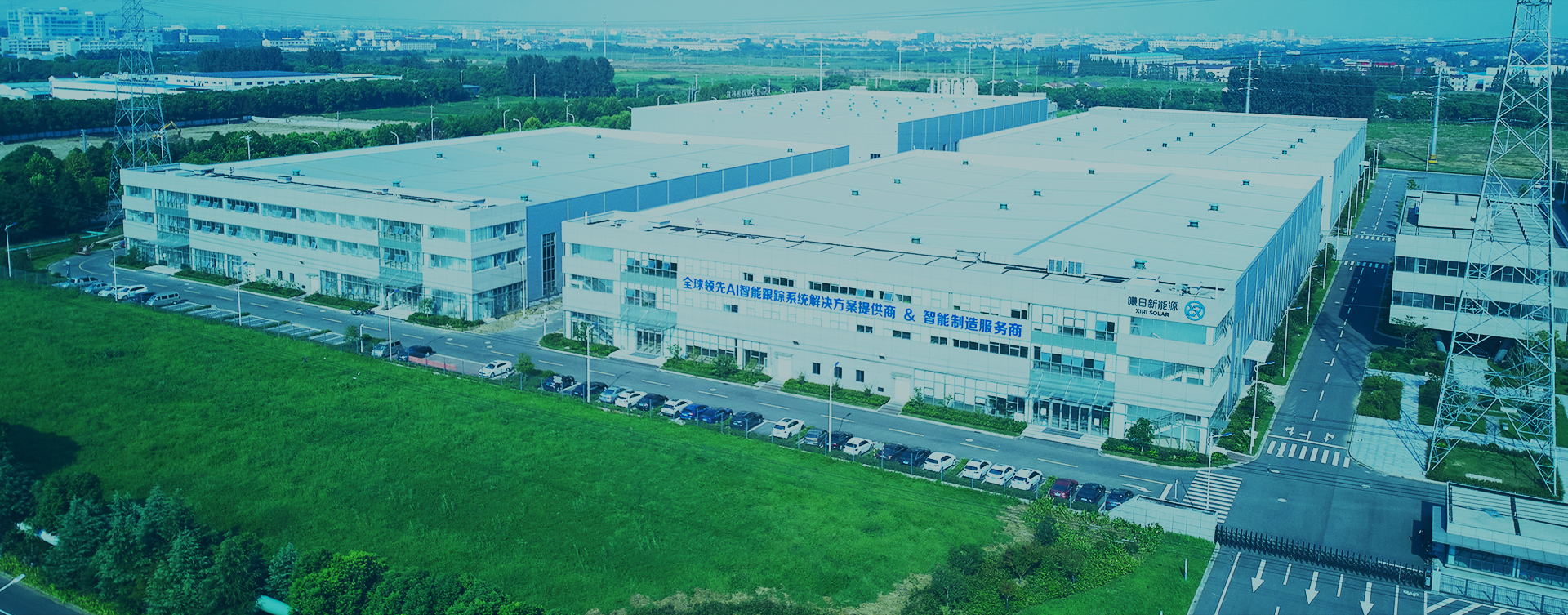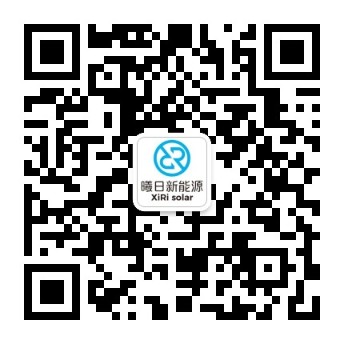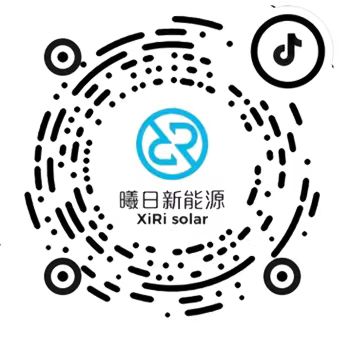A photovoltaic tracking system is a photovoltaic system that can automatically track the sun and increase overall power generation.
System advantages
The solar photovoltaic array automatic tracking system tracks the sun's motion in real time, allowing direct sunlight to penetrate the photovoltaic array, thereby increasing the amount of solar radiation received by the photovoltaic array and improving the overall power generation of the solar photovoltaic power generation system
System classification
There are four widely used solar photovoltaic automatic tracking systems, including horizontal single axis tracking, dual column oblique single axis tracking, vertical single axis tracking, and dual axis tracking. Among them, horizontal single axis tracking, oblique single axis tracking, and vertical single axis tracking only have one rotational degree of freedom, while dual axis tracking has two rotational degrees of freedom.
The three tracking systems adopt an active tracking control strategy, which calculates the orientation of the sun in the sky and controls the orientation of the photovoltaic array. This active photovoltaic automatic tracking system can be well applied to environments with frost, snow, and dust, and can also work reliably in unmanned photovoltaic power stations. From the perspective of whether the tracking is continuous, the developed photovoltaic automatic tracking system adopts a step tracking method. Compared with the continuous tracking method, the step tracking method can greatly reduce the energy consumption of the tracking system itself.
A well-designed photovoltaic tracking system can increase the efficiency of the entire system by 40%, while the power consumption of the motor itself is only 20kWh per year, with low cost and easy installation.
Structural Principles
The sensor is installed on the solar cell array and operates synchronously with it. Once there is a slight change in the direction of light, the sensor becomes imbalanced and the system output signal deviates. When the deviation reaches a certain amplitude, the sensor outputs the corresponding signal, and the actuator begins to correct the deviation, so that the photoelectric sensor reaches balance again. That is, when the solar cell array plane controlled by the sensor output signal is at an angle with the light, it stops rotating and completes one alarm cycle.
By continuously adjusting and constantly following the trajectory of the sun, a closed-loop feedback system is formed to achieve automatic tracking. The system does not need to set a reference position, and the sensor never loses its direction. The system is equipped with anti stray light interference and night tracking circuits, and is equipped with manual control switches for easy debugging.



